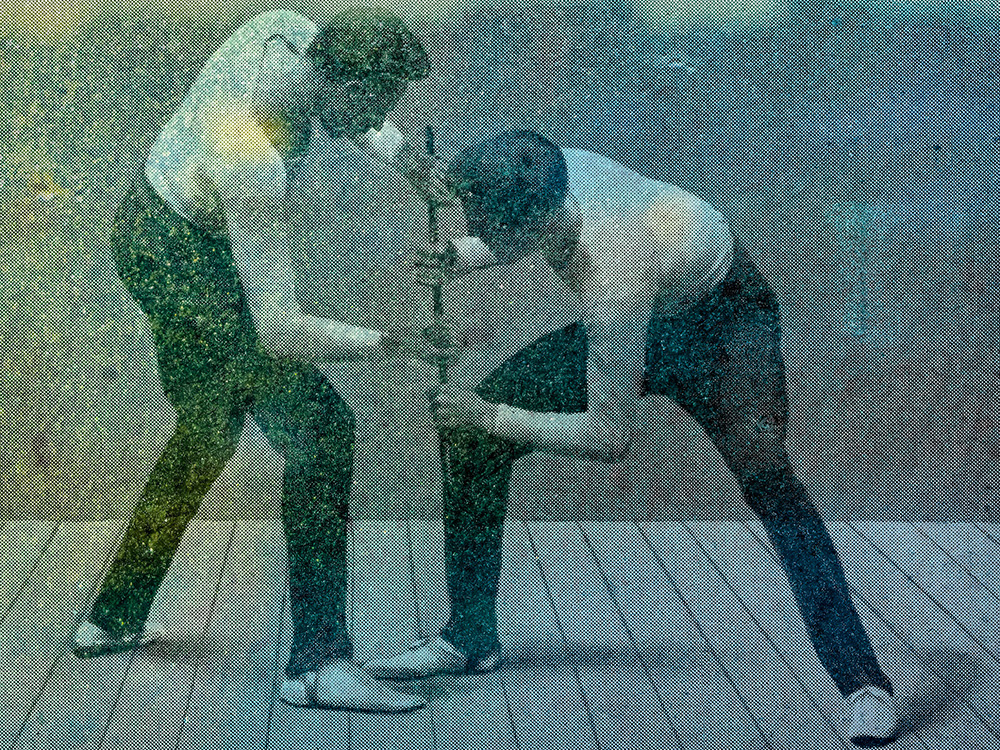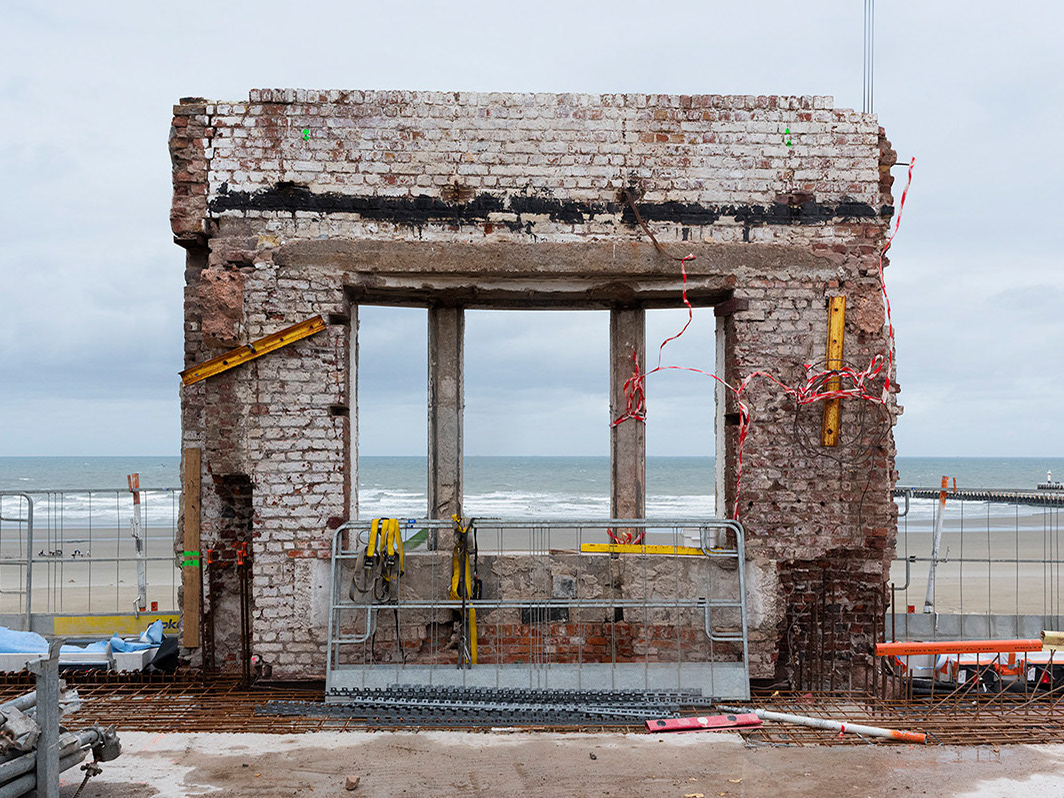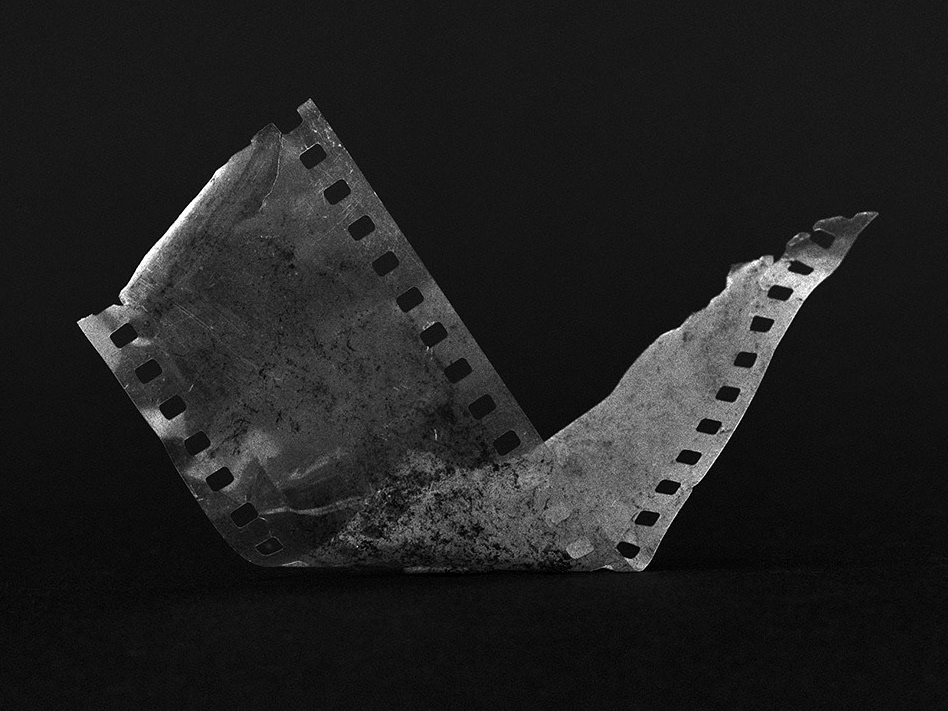Poetry of a planet
Hoe kan je als mens het eindeloze bevatten? Een steen die wij nu oppakken, was misschien de berg waarop een dinosaurus liep, en was op dat moment al miljoenen, zelfs miljarden jaren oud. De verschuiving van continenten wordt bepaald door processen op de schaal van atomen. Toen het licht vertrok van de verste ster die we hier kunnen waarnemen, bestond de aarde nog niet. Poetry of a planet gaat over de verbinding tussen het grote en het kleine. De aarde en ik, geologische en menselijke tijdschaal.
Als aardwetenschapper en als fotograaf probeer ik grip te krijgen op het oneindig grote en oneindig kleine om me heen, met mijzelf als ‘nulpunt’. De aarde is er; als een soort parallel universum tegenover ons dagelijks bestaan. Ik maak notities, ik tast het oppervlak af, isoleer elementen uit het grotere geheel en licht ze uit. Ik wijs op wat mij opvalt, maar verder bijna niemand ziet. Of ik nu door een microscoop of naar satellietbeelden kijk, of op reis door een camera: overal waar ik kom, zie ik het grote weerspiegeld in het kleine. Zit er verschil tussen dat wat dichtbij en dat wat veraf is? Het ritme van de aarde, de orde waaruit de ogenschijnlijk chaotische natuur ontspringt, herhaalt zich keer op keer. In de tijd. In de ruimte. Steeds weer, maar steeds net iets anders.
How can a human being comprehend endlessness? A rock we pick up today may have been the mountain a dinosaur walked on, and was already millions, even billions of years old at that time. The slow drift of continents is controlled by processes on the scale of atoms. When light left the furthest star we can observe from here, the Earth did not exist yet. Poetry of a planet is about the connection between large and small. The Earth and I, geological and human timescales.
As earth scientist and as photographer, I try to grasp the infinitely large and infinitely small around me, with myself as ‘point zero’. The Earth exists, as a kind of parallel universe to our daily existence. I take notes, I probe the surface, isolate elements from a larger whole and highlight them. I point at what catches my eye, but hardly anyone else sees. Whether I look through a microscope or at satellite images, or through a camera during my travels: everywhere I go, I see the large echoing through the small. Is there any difference between what is close and what is far away? The rhythm of the Earth, the order from which the apparently chaotic nature arises, repeats itself again and again. In time. In space. Over and over, but slightly different every time.

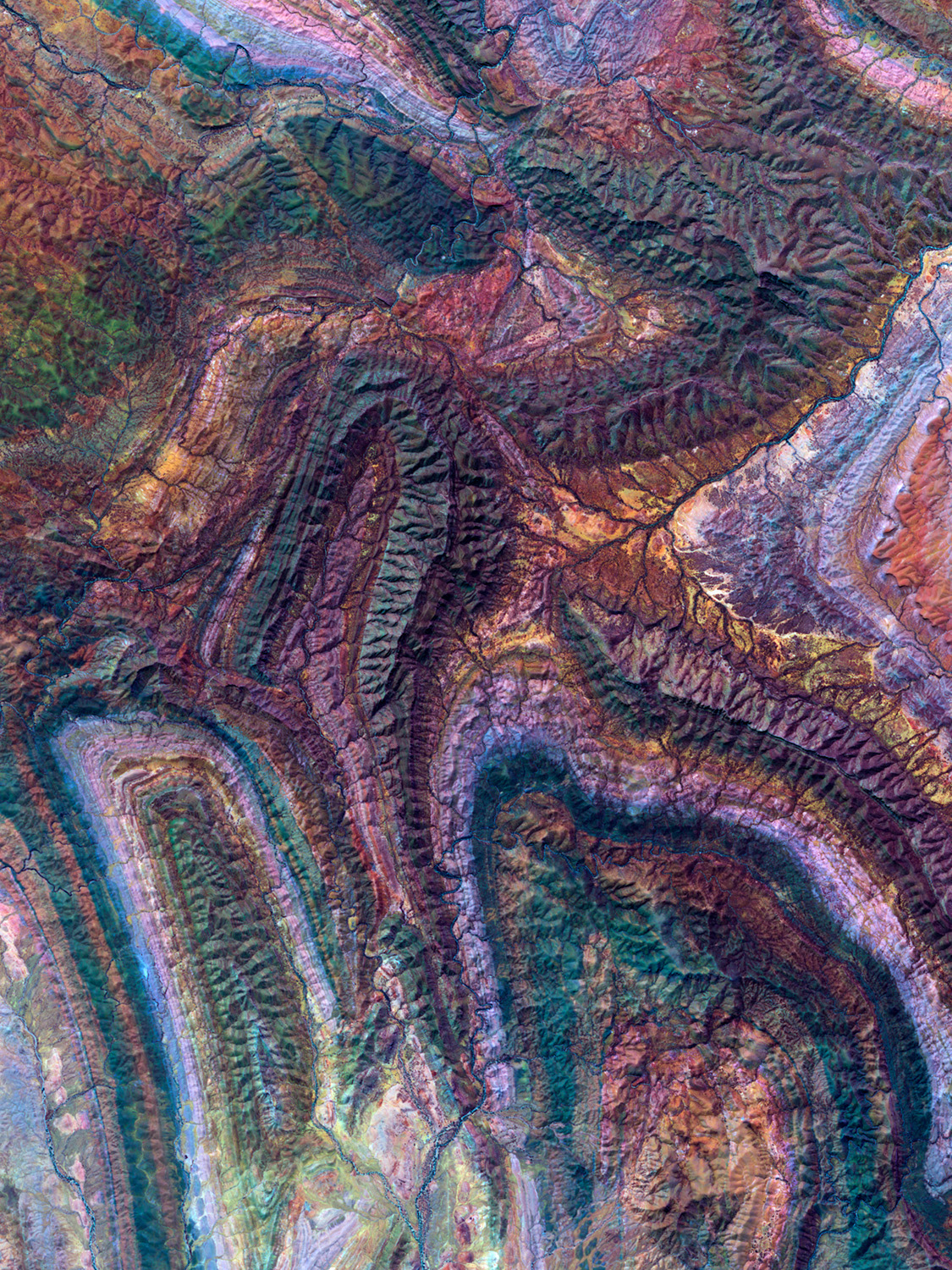
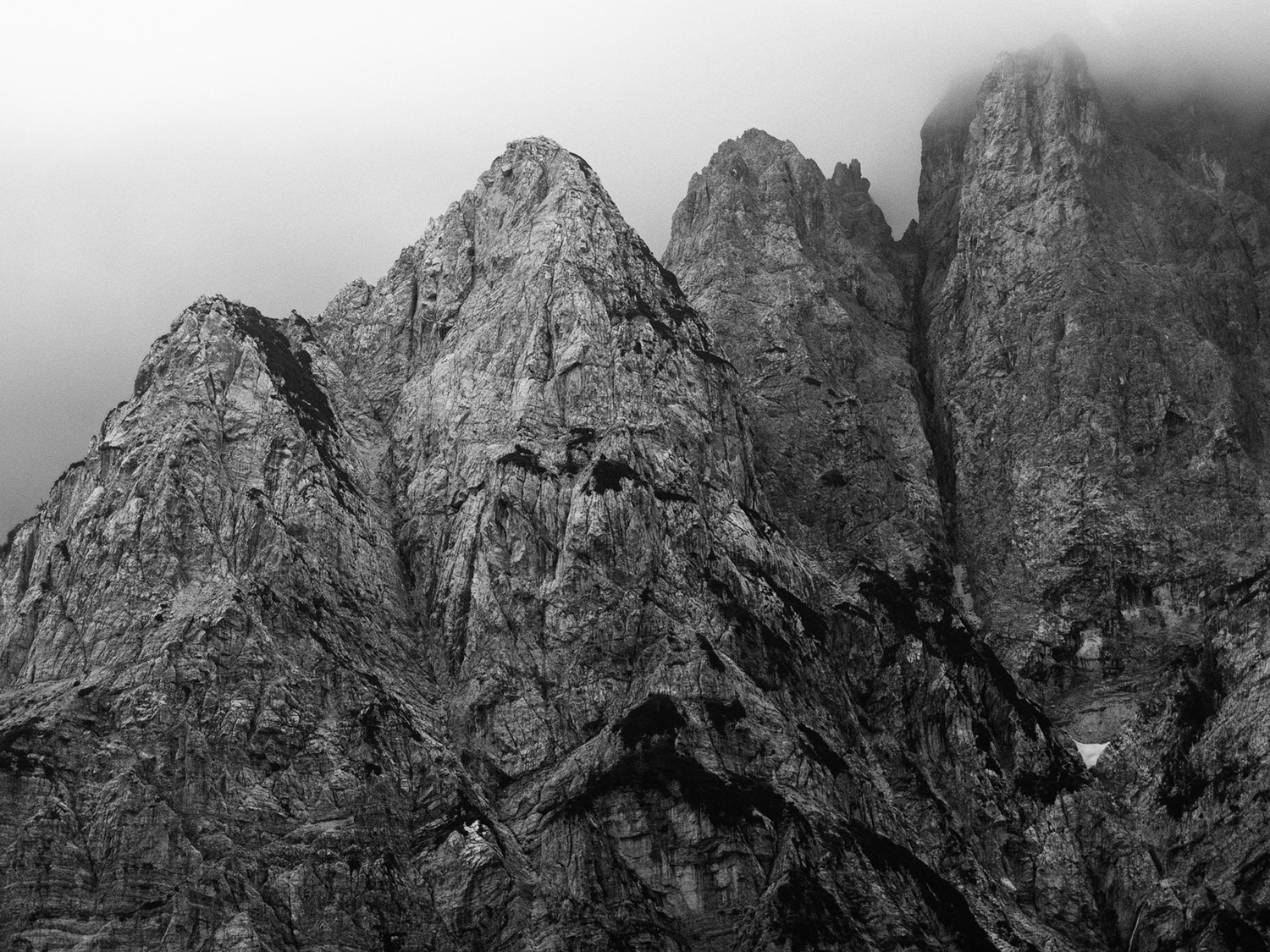

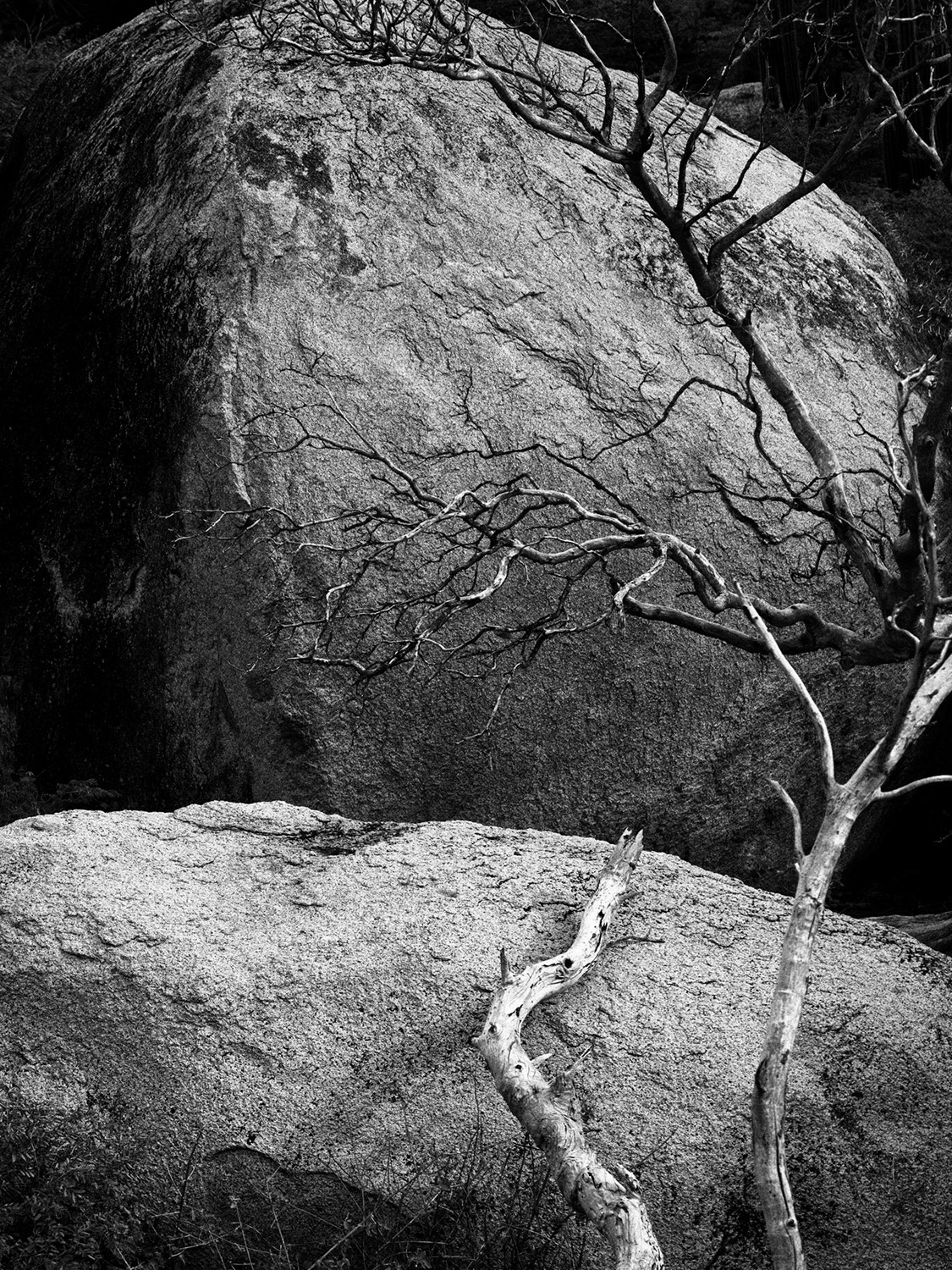
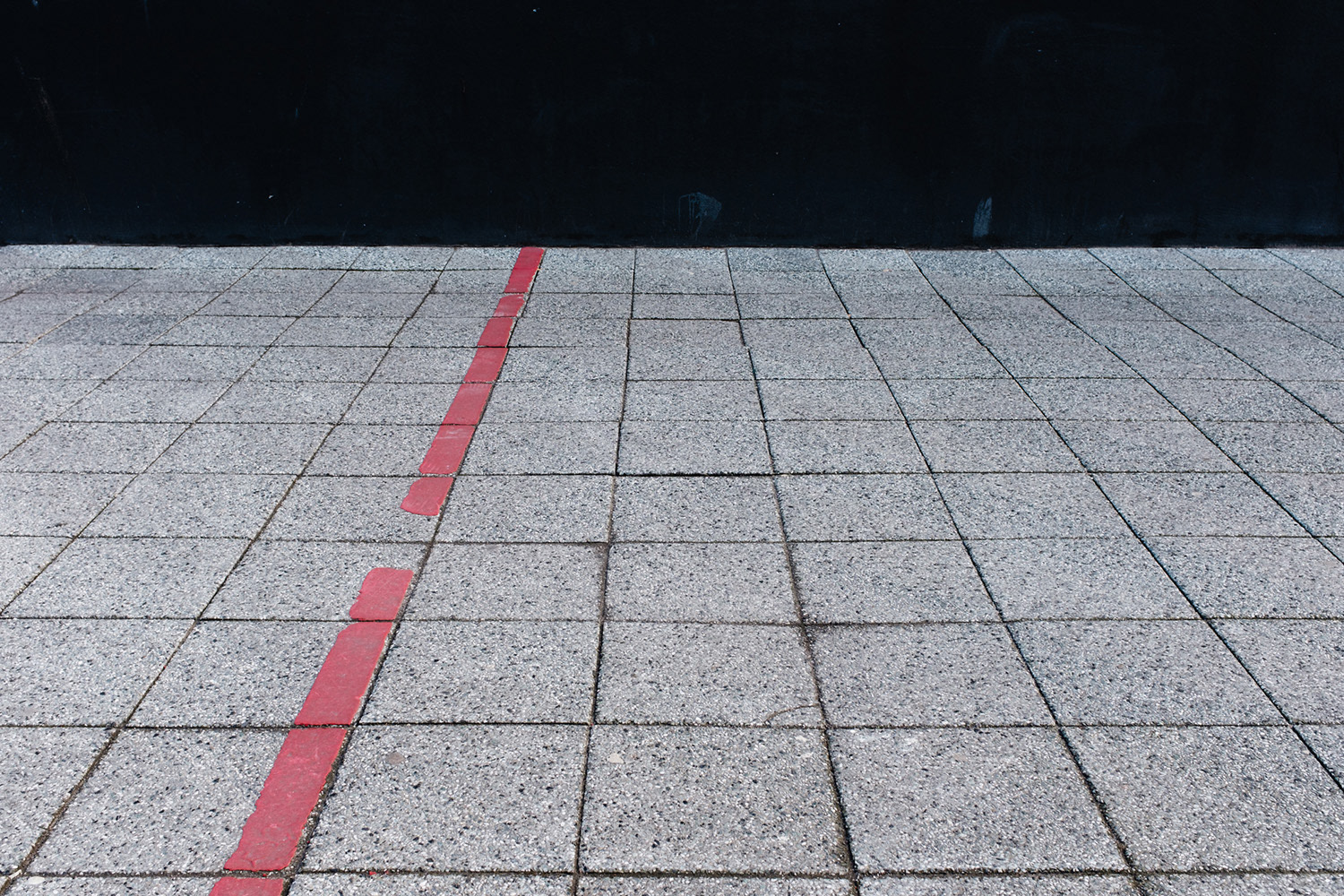
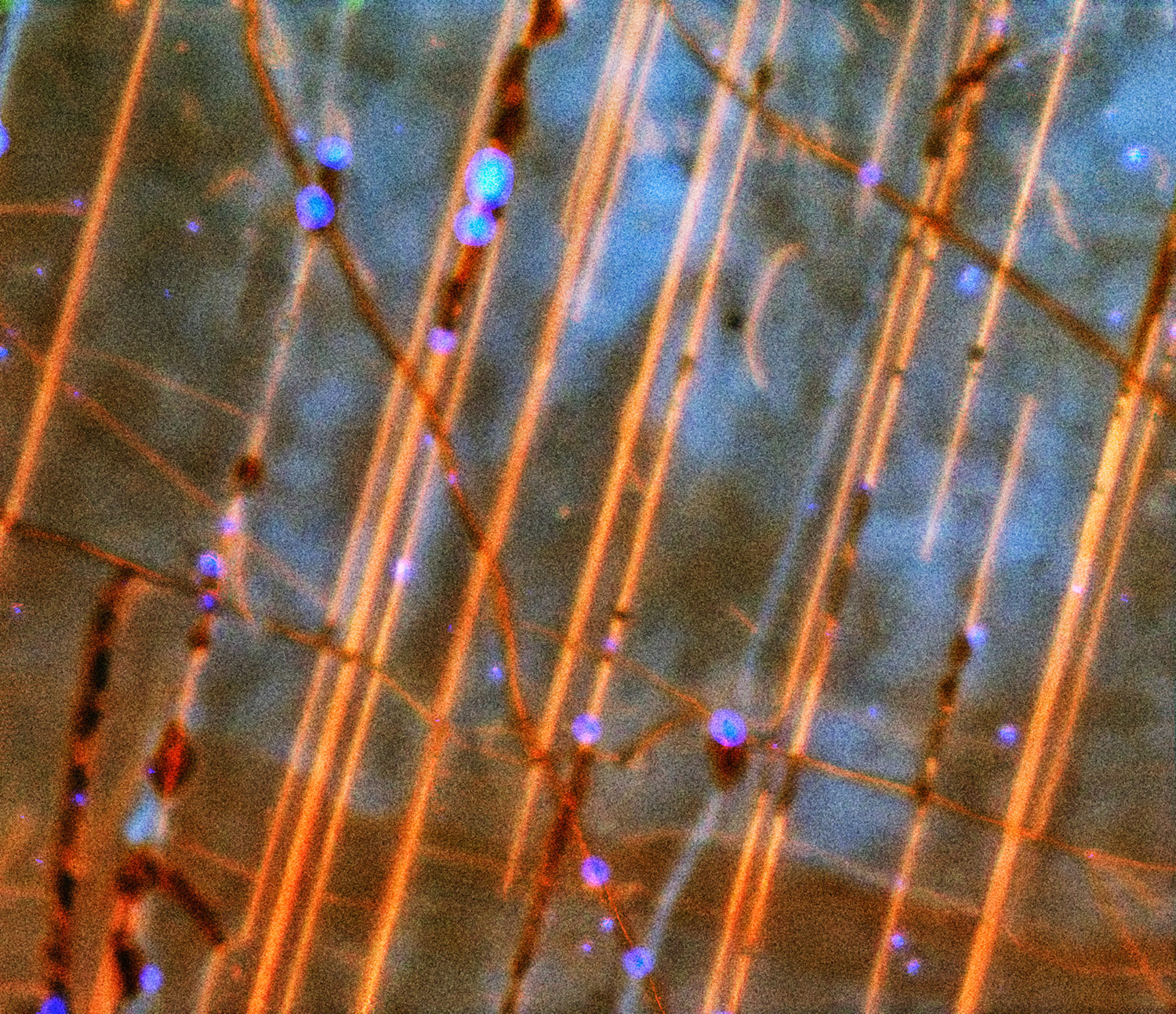
Instagram







